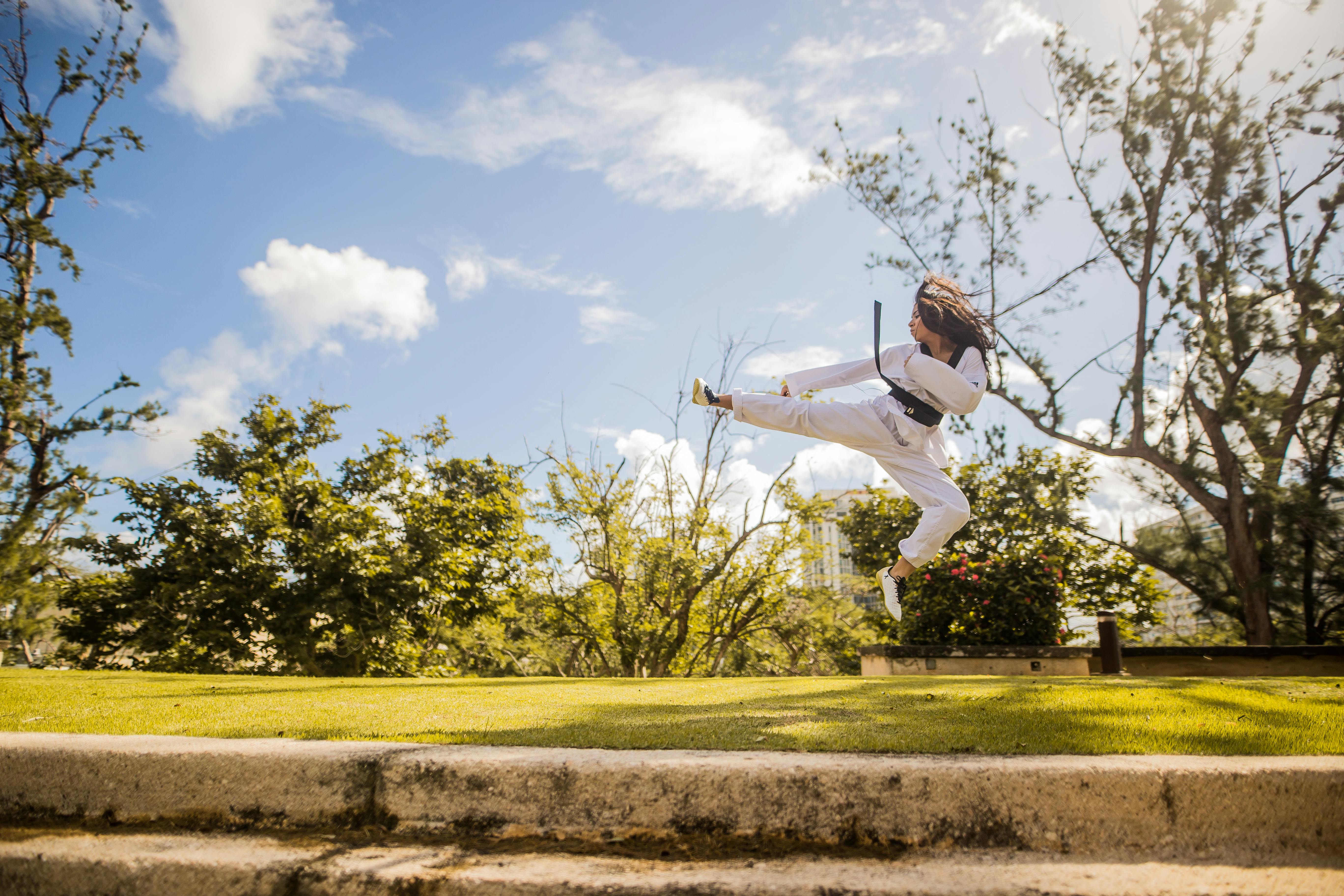A Deep Dive Into the World of High Altitude Training
In the world of sports and athletic performance, athletes are always seeking innovative methods to gain a competitive edge. One such method, known as high altitude training, has proven to be quite effective. It has been adopted by athletes across disciplines, from marathon runners to cyclists, and even football teams. The intention behind this training regimen is to improve endurance performance by training in environments with reduced oxygen levels. This article will provide a comprehensive overview of high altitude training - its history, benefits, challenges, and practical applications.

The Genesis of High Altitude Training
High altitude training has its roots in the 1968 Olympics held in Mexico City, situated at an altitude of 2,240 meters above sea level. Athletes who lived and trained at sea levels struggled to keep up with their high-altitude counterparts, leading to the exploration of altitude training as a performance-enhancing tool. Over the years, various methodologies have been developed, researched, and implemented, making high altitude training an integral part of modern sports science.
The Science Behind High Altitude Training
When training at high altitudes, the amount of oxygen in the air is less than at sea level. This forces the body to produce more red blood cells to carry oxygen to the muscles, thereby increasing the athlete’s endurance performance once they return to lower altitudes. However, the benefits of high altitude training are not limited to enhancing physical performance. It also aids in mental toughness, as training in challenging conditions necessitates mental fortitude.
The Mounting Challenges
Despite its benefits, high altitude training is not without its challenges. Acclimatization to high altitudes can take time and may cause altitude sickness, characterized by symptoms like headaches, fatigue, and nausea. In addition, the training intensity might need to be reduced due to decreased oxygen availability, potentially impacting an athlete’s training schedule. Moreover, high altitude training demands logistical planning and financial resources, as it might involve traveling to and staying in high-altitude locations.
High Altitude Training in Practice
High altitude training has been adopted by a wide range of athletes. Long-distance runners often spend weeks or months training at high altitudes to prepare for races. Football teams, like the Denver Broncos, leverage their city’s high altitude to gain a competitive edge over visiting teams unaccustomed to the lower oxygen levels. Additionally, some athletes use simulated high altitude environments, such as altitude tents or masks, to reap the benefits of altitude training without having to physically relocate.
The Future of High Altitude Training
With advances in sports science and technology, high altitude training continues to evolve. The future might see more personalized approaches, with training programs tailored to an individual athlete’s response to altitude, thus maximizing the benefits while minimizing the risks. As our understanding of the human body and its response to different environments deepens, the potential for high altitude training to enhance athletic performance continues to soar to new heights.
In conclusion, high altitude training offers an effective avenue for athletes to enhance their performance. Despite its inherent challenges, its adoption across different sports disciplines is a testament to its effectiveness. As sports science continues to evolve, so too will our understanding and implementation of high altitude training.



